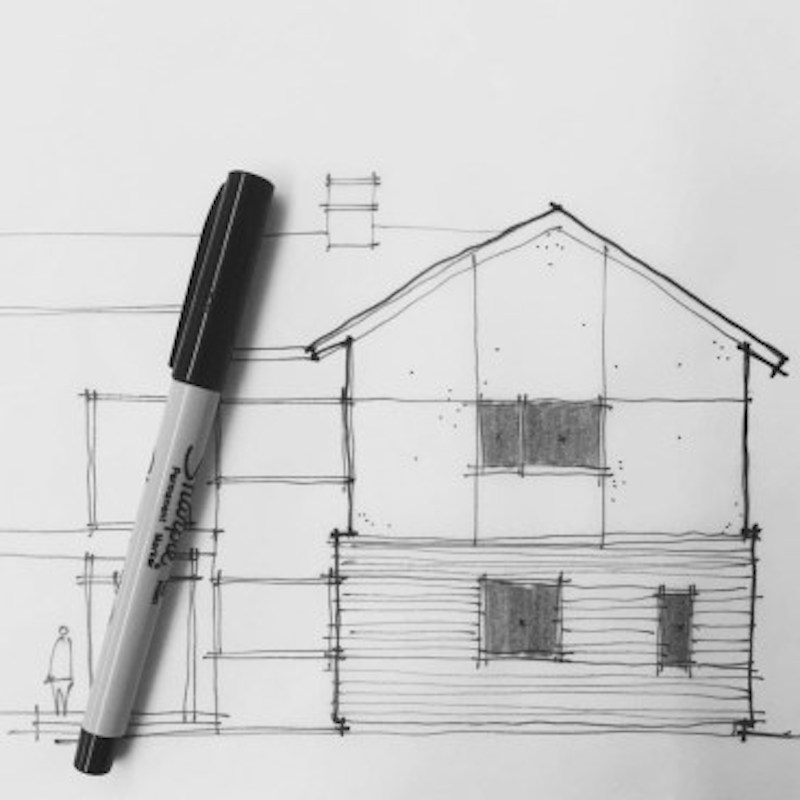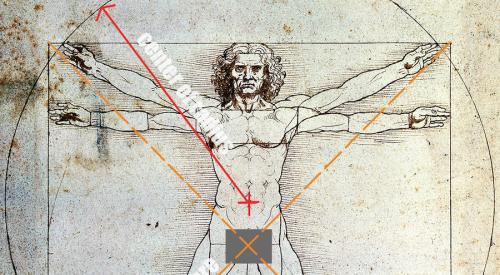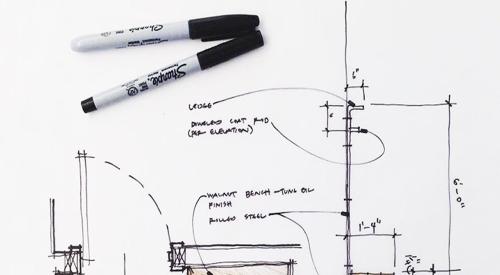Do you have a design culture in your office? Why is it that some firms have it and others don’t? A culture of design isn’t something that just happens. There has to be a plan, it needs to be cultivated, and even then, without the right sort of people in place, you might be fighting an uphill battle.
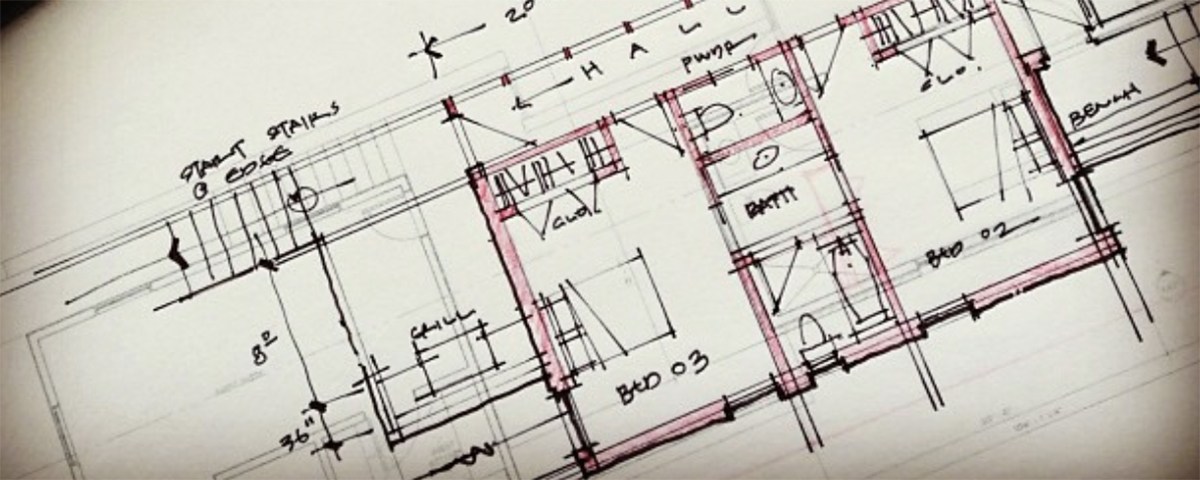
I have been reading endlessly on the process of creating a design culture and why you would want to even do that for the last 8 months. Part of the reason I have been doing this is that I’ve never had to actually codify it before in any of my past offices – at least, not when I was in a leadership position – and now it is a topic of conversation. Design Culture just existed in my last office for the most part and now that I’ve moved over to a larger office, part of the early on conversations I had with the power structure in my new firm was that I was going to be a part of helping to evolve and build a different sort of design culture in the office – one that matched up more with the small-firm mentality I have been a part of for the last 25 years. I am not telling the people who are listening that there isn’t a design culture in my current office, I am telling people that my current office is trying to make it better … shouldn’t everyone be trying to do that?
What is design, and is creating a culture of it worth the effort?
• We discuss what it isn’t is: moveable furniture (like bean bags), Beer-Friday’s, dogs in the office, and whiteboards.
• You have to build a system where design can thrive and everybody is buying into the outcome
• Designers need to understand the purpose of what they’re doing, not just focusing on how something looks.
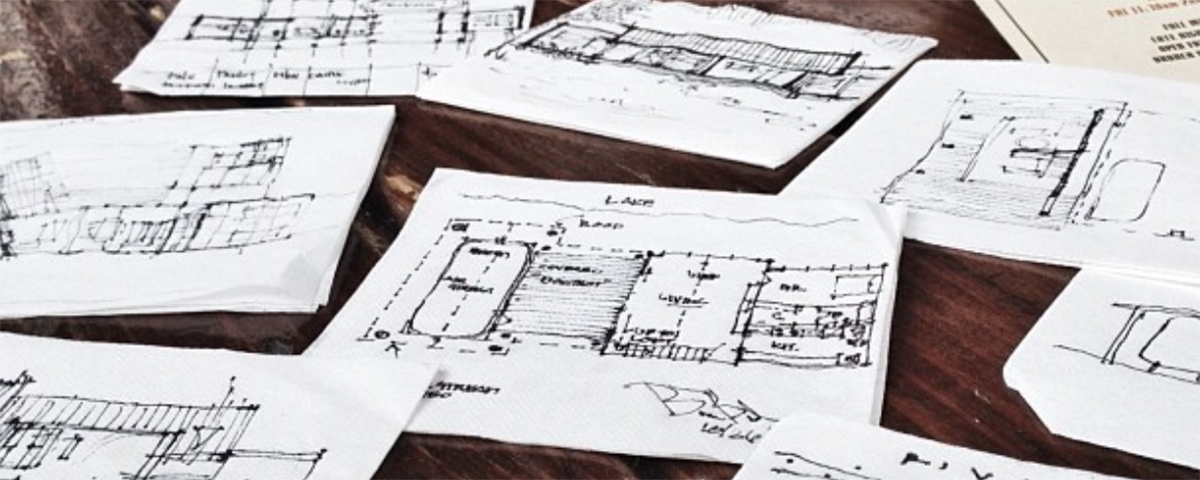
How do you create a Culture of Design? jump to 9:16
You need to make design everyone’s responsibility – something that can be difficult in larger architectural offices when tasks and responsibilities can become siloed … you have to facilitate inclusion. Here are some examples of programs that we’ve put in place in my office:
• 7 Minutes in Heaven – a program designed to help people become more comfortable presenting their thoughts to others
• In-House Design competitions – allows people who don’t have “traditional” design roles to get involved and flex their design muscles
• Subject Matter Expert (SME) presentations – topics curated and individuals selected by individual employees, a lecture series on the design process of other design professionals who aren’t architects (i.e. chefs, boot-makers, quilters, etc.)
You have to have the right sort of people in the office – but what does that mean and how do you find them and attract them? jump to 29:36
Hire already motivated people who want to succeed
• Invest in a good interview process
• This is something that I preach constantly. You have to go get the people you want – not wait for them to come and ask to join you.
• Identifying the right sort of people (i.e. smart, nice, motivated people) because many tangible skills that are missing can be taught with nurturing.
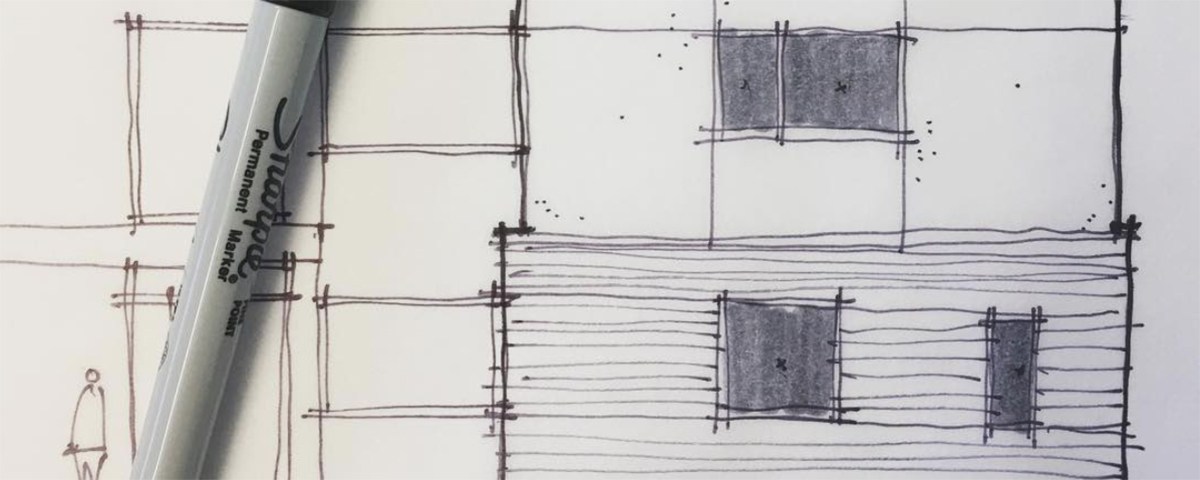
Foster Social Capital jump to 43:26
This is really speaking about whether the people in your organization lower their heads and keep to themselves – something that does not encourage inclusion and collaboration – or not. Social capital is a resource and is realized through shared goals and mutual trust (which is another way of addressing group accountability). When social connections between team members is strong, this can create positive workplace goals like happier people, better communication, improved distribution of information, and a healthier dynamic of group action (where everyone contributes rather than the load being carried by the few).
That all sounds great – who wouldn’t want those things? So what can you do to help create those things?
Let employees create their own value jump to 46:53
• Opportunities to feel good about themselves and their contributions to the larger picture
Recognize employee achievements
• Monthly meetings where group efforts, milestones, and accomplishments are identified
• Monthly Awards recognizing individual exemplary effort and contributions
Create better communication tactics – MOR (Matrix of Responsibility) Groups
• Design, Sustainability, Professional Development, Marketing, Research & Development, Standards, and about 11 additional groups
Let small actions dictate team culture
A few ways to improve employee engagement involve: jump to 51:45
Encourage employee feedback
• Discuss ways that this could happen
Take action on feedback
• This always seems to be much harder
Make a plan to engage your workforce

Okay – while we have only scratched the surface of our conversation today on creating a culture of design, I am ready to move on to this episode’s hypothetical question. But first, let me ask you a pre-question … do you like turkey legs, jugglers, random people dancing to fife music off by themselves in the background? Of course not, because nobody likes those things, except for turkey legs, and even then, only when there is beer available. We are going to travel back in time for today’s question! jump to 59:13
"What kind of peasant do you think you’d be if you were born in Medieval times?
[Not everybody gets to be a Knight or Royalty so you can’t choose those roles]"
Turns out that Andrew and I chose the same profession but for extremely different reasons.
Creating a design culture means developing meaningful values, finding the right people, AND creating an environment where collaboration is effortless is a difficult and on-going process. None of these things are really that difficult to accomplish, the difficulty comes in getting a group of decision-makers all in the same place mentally and agreeing that there is value in these things and dedicating the company time and resources towards achieving them.
Cheers,

Life of an Architect would like to thank Sherwin-Williams for their gracious support of this episode, as well as our media partners, Building Design+Construction. If you would like to learn more about the Emerald Designer Edition Interior Latex Paint, visit www.emeralddesign.com for more information, as well as www.swdesignersupport.com to check out the Architect and Designer support center.
